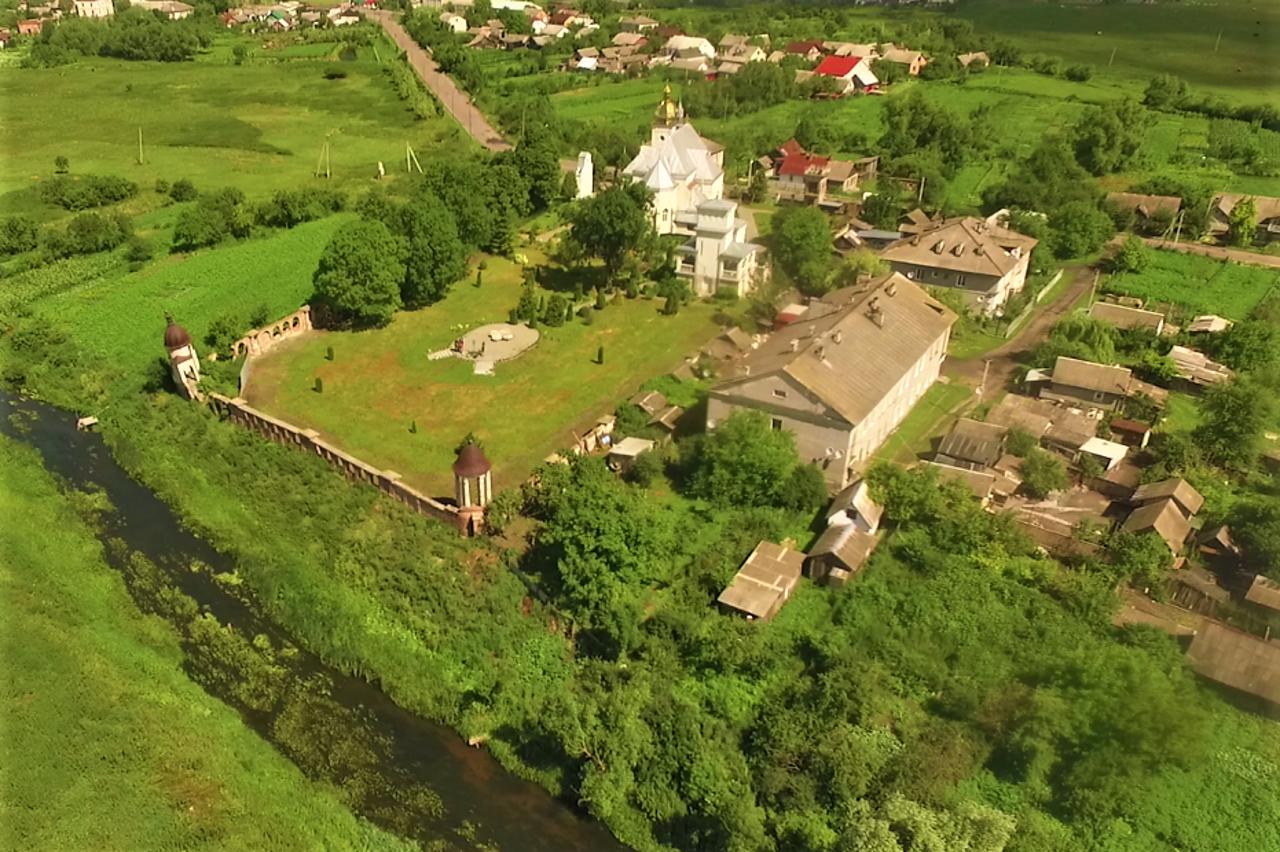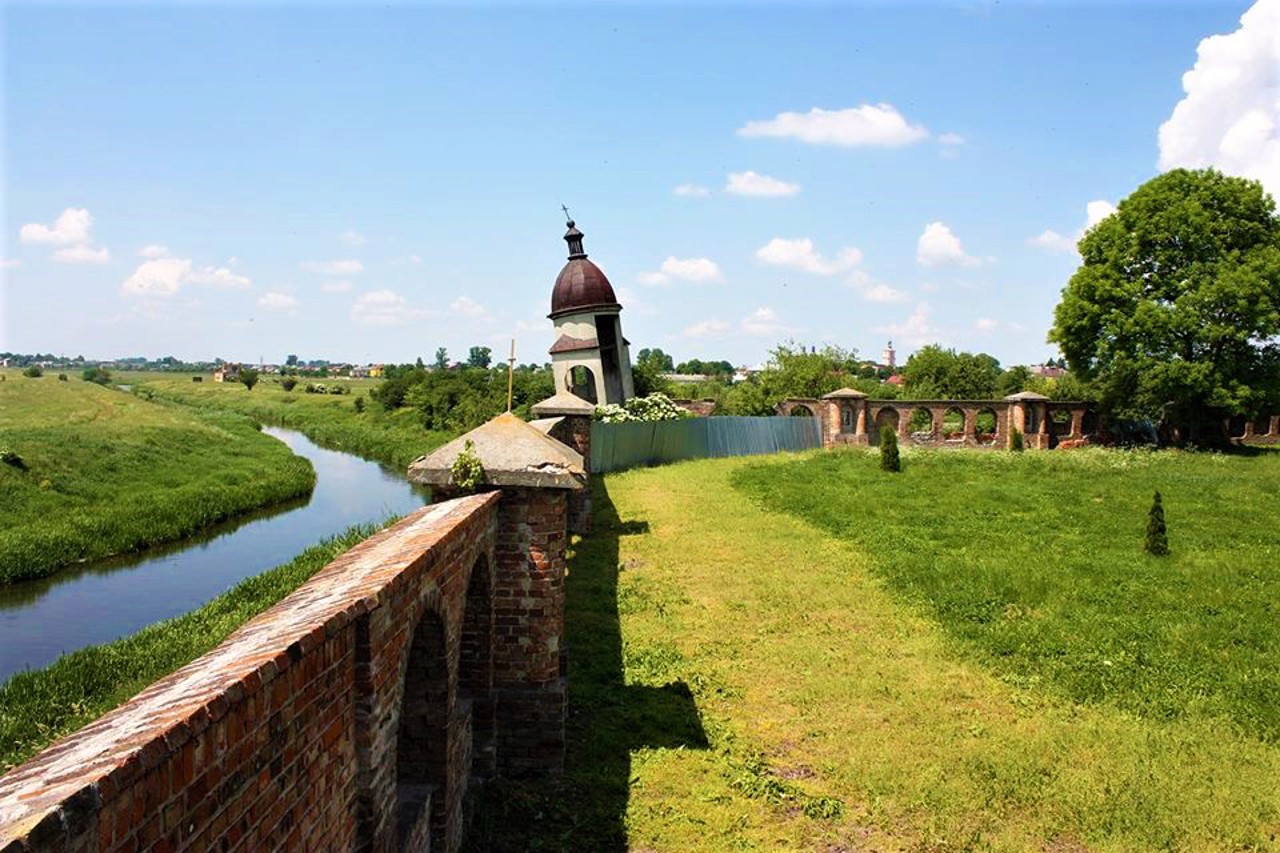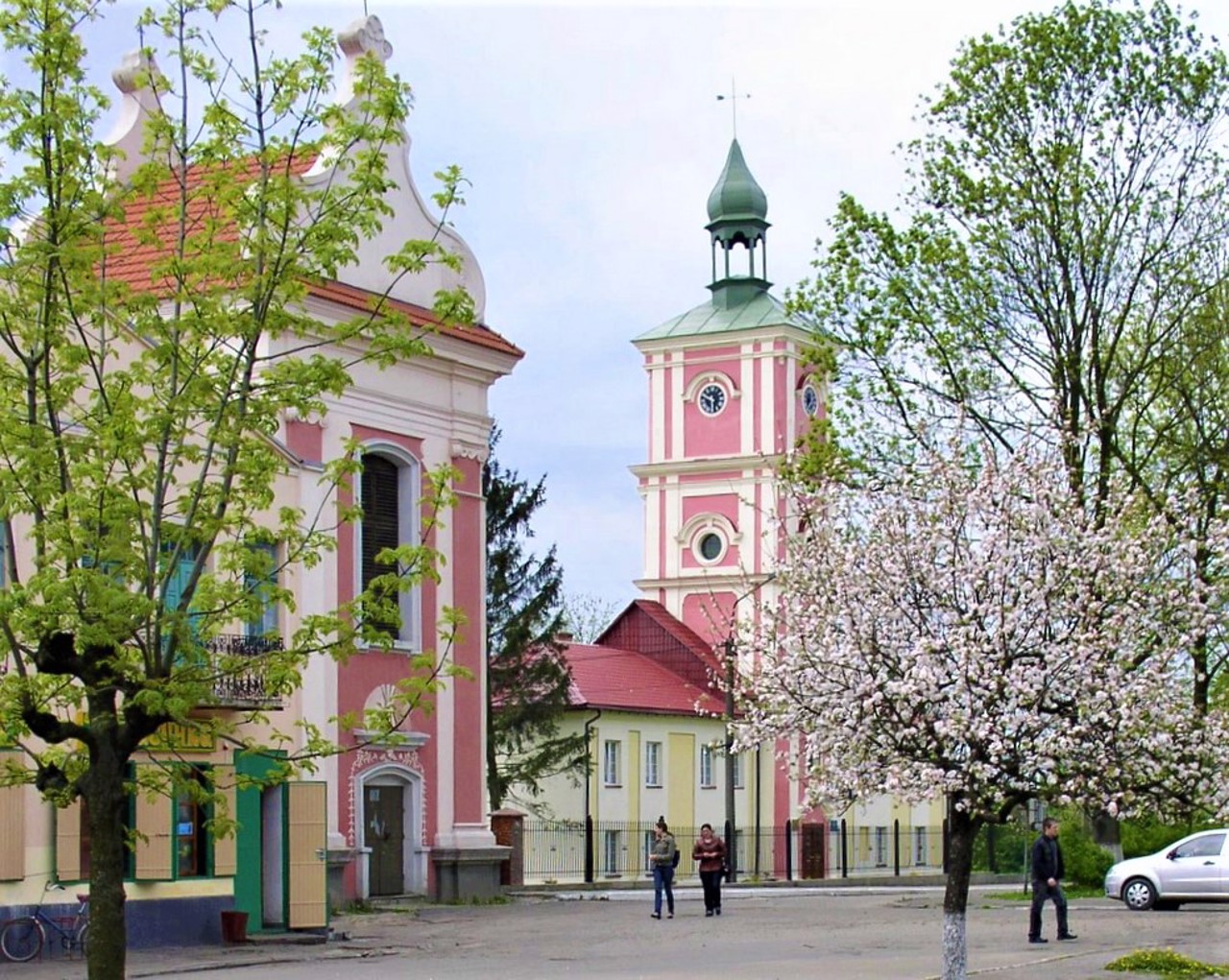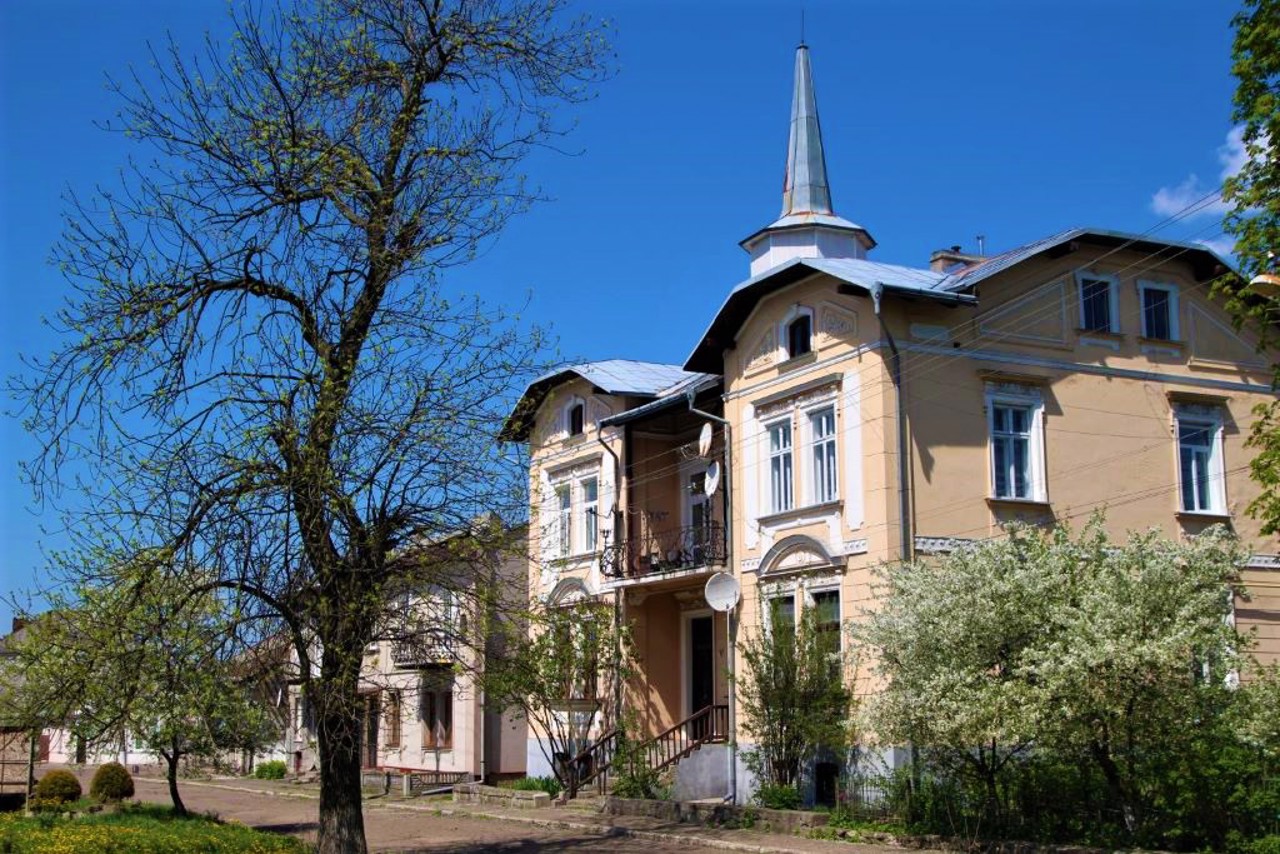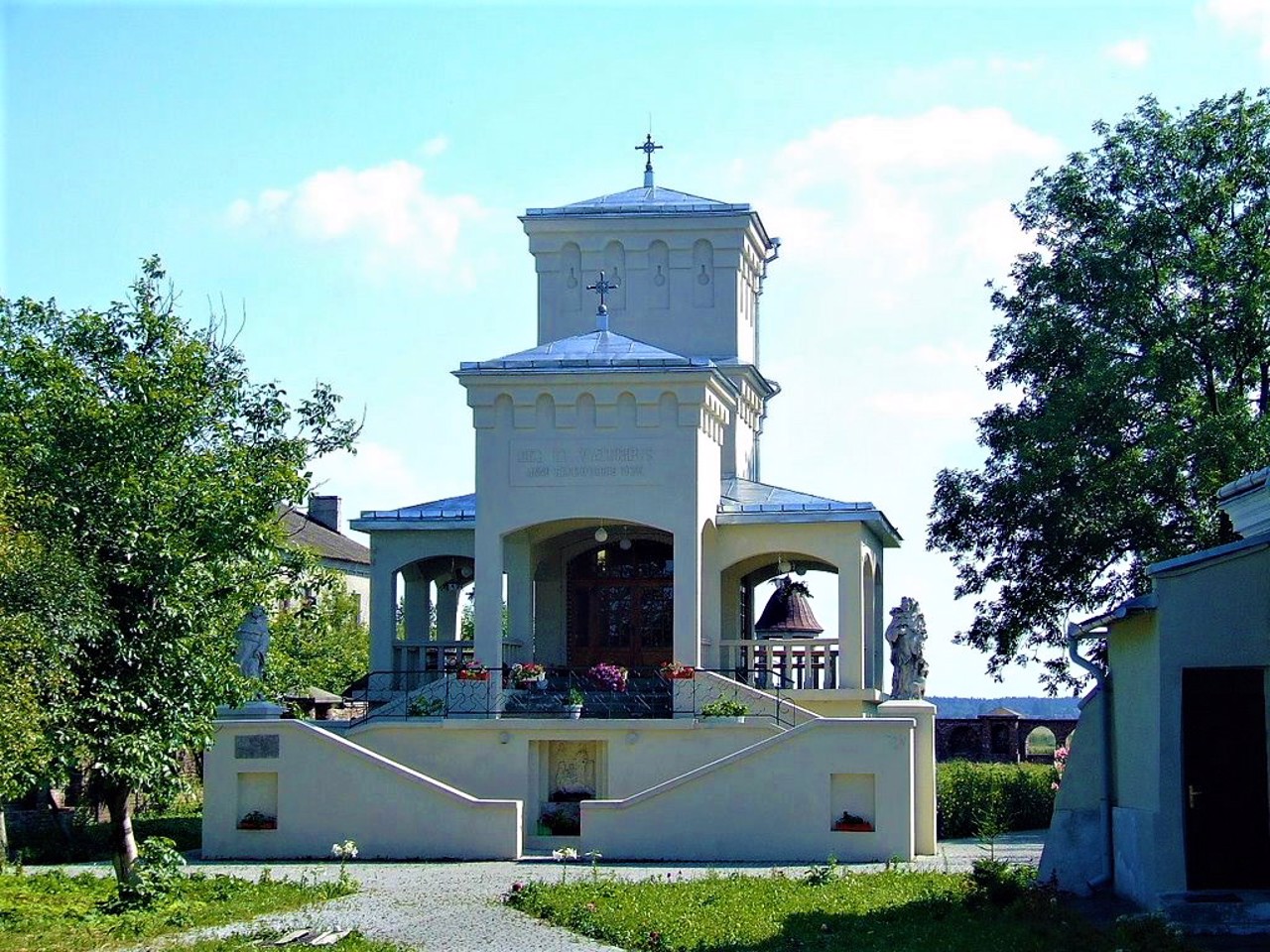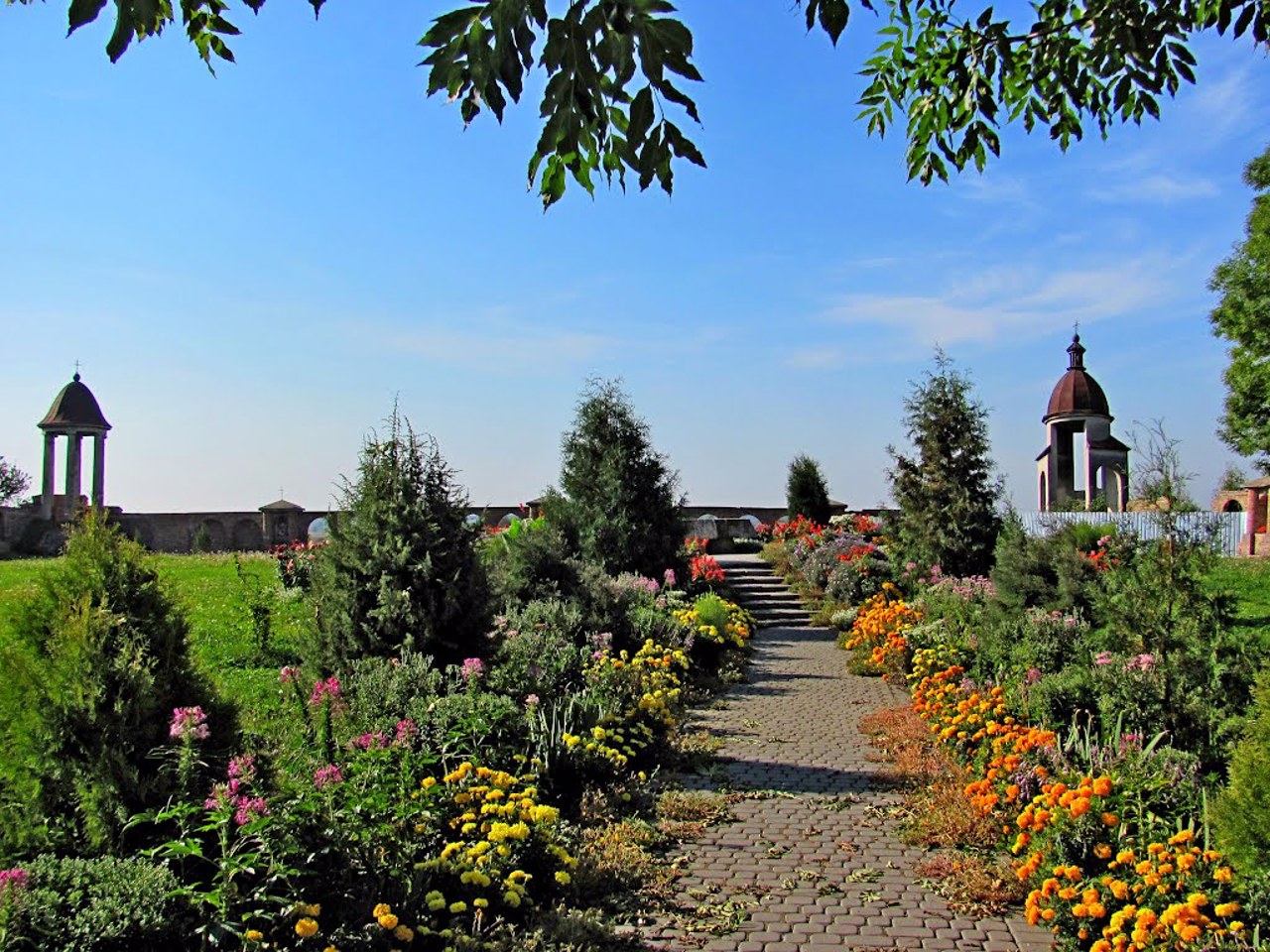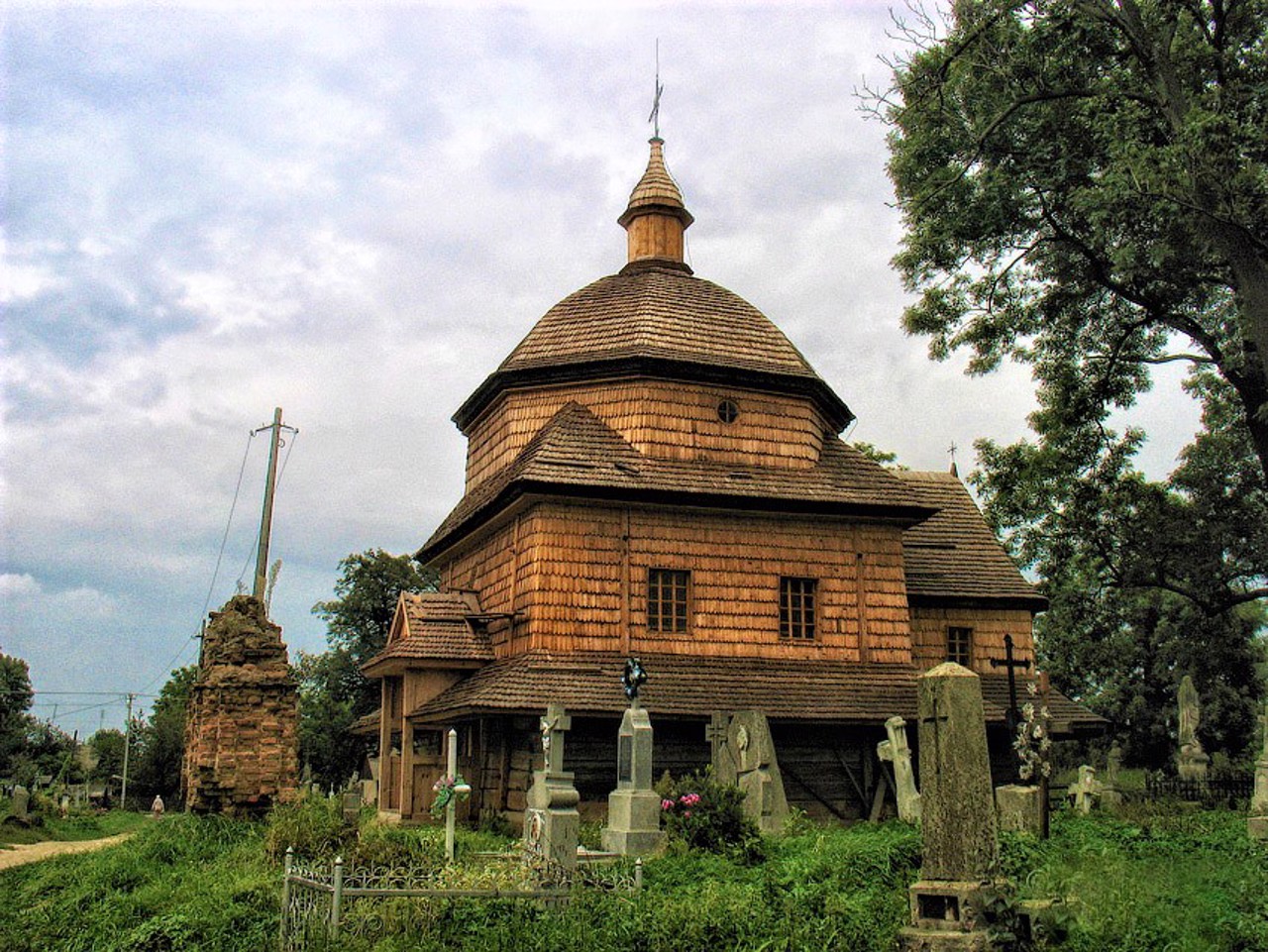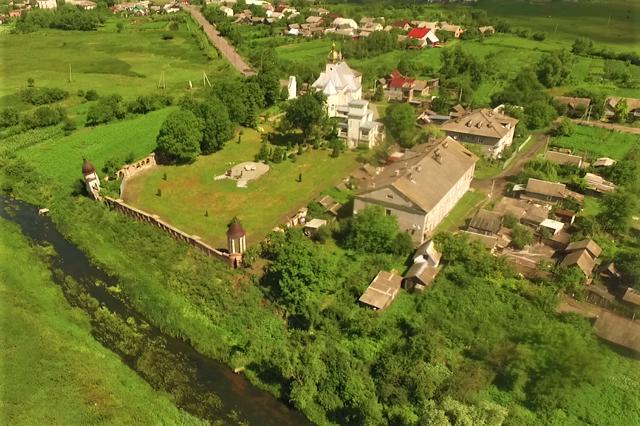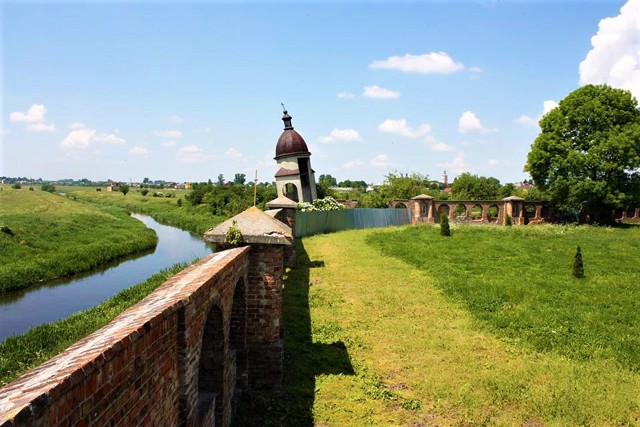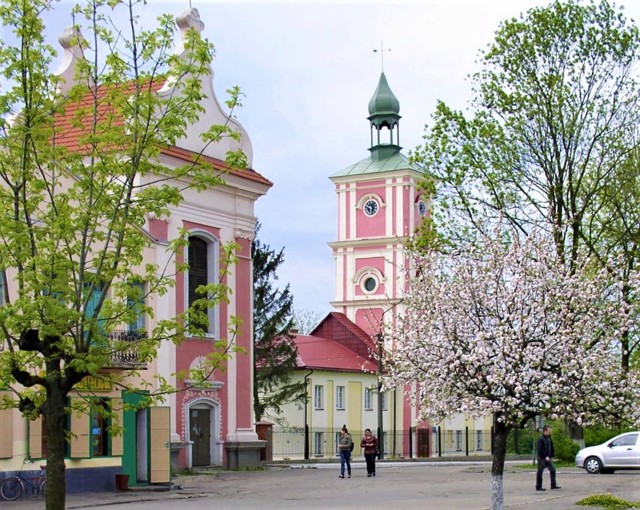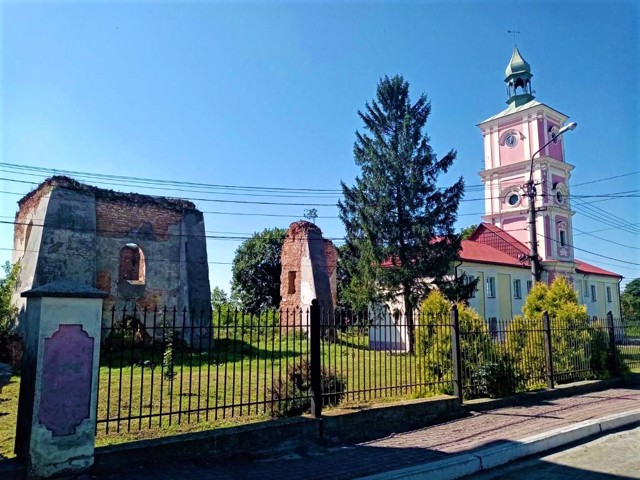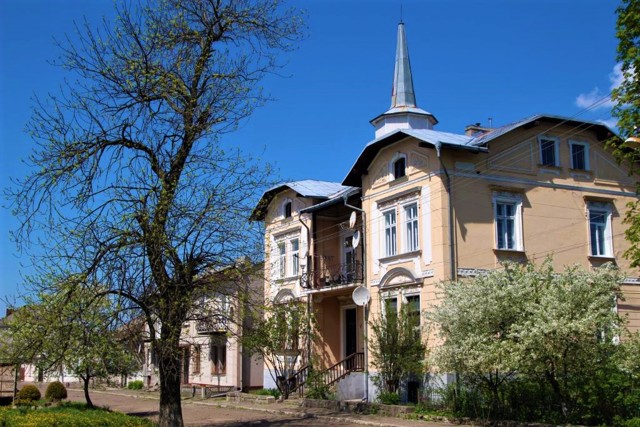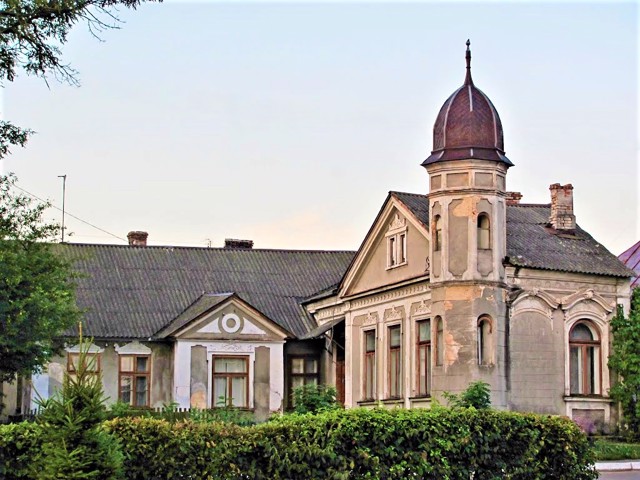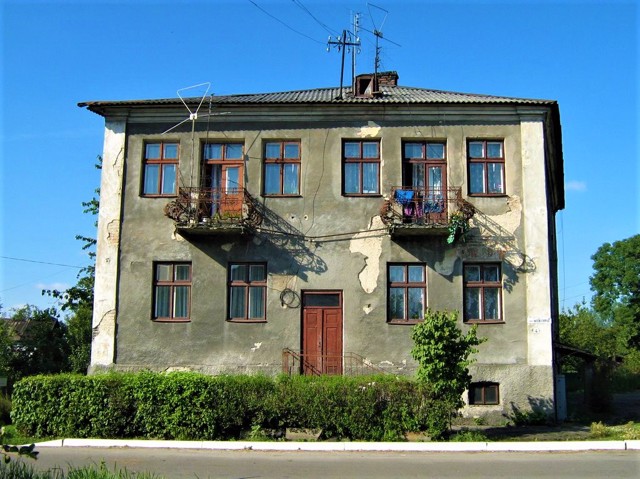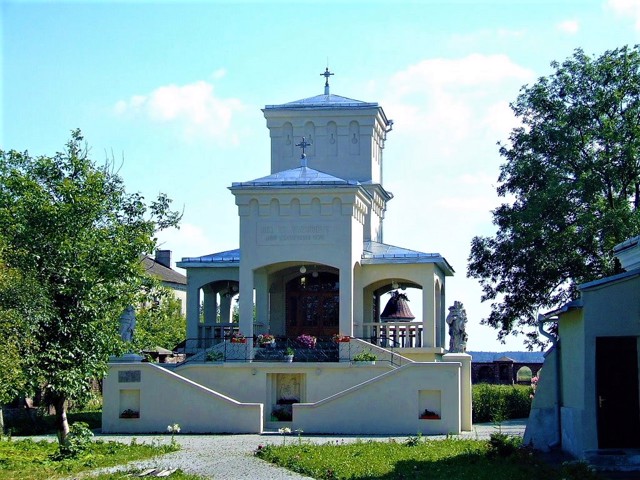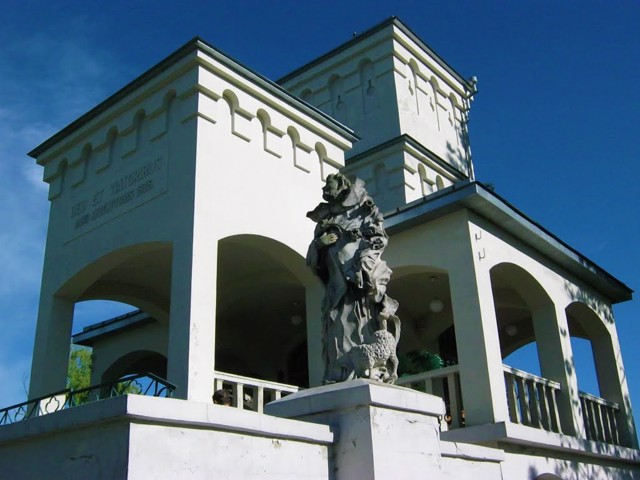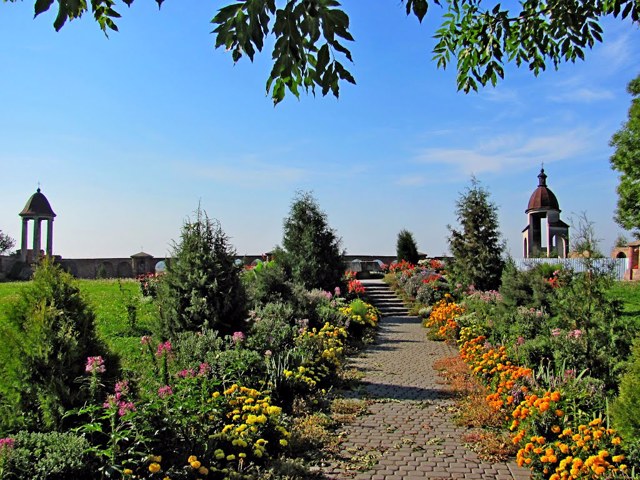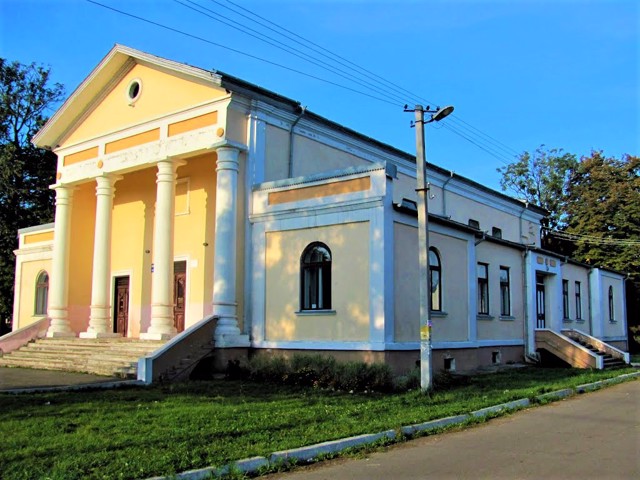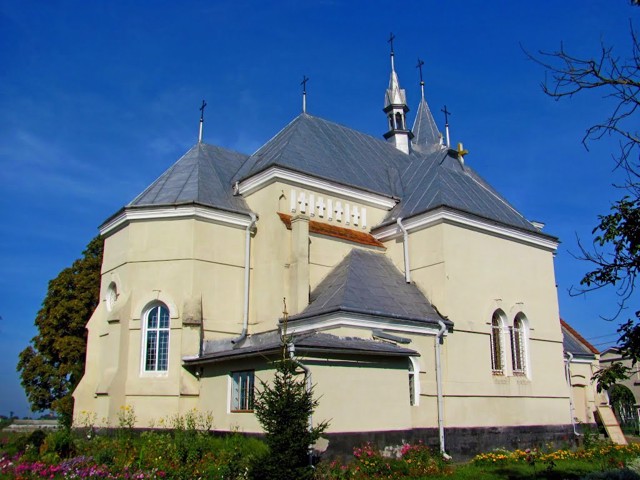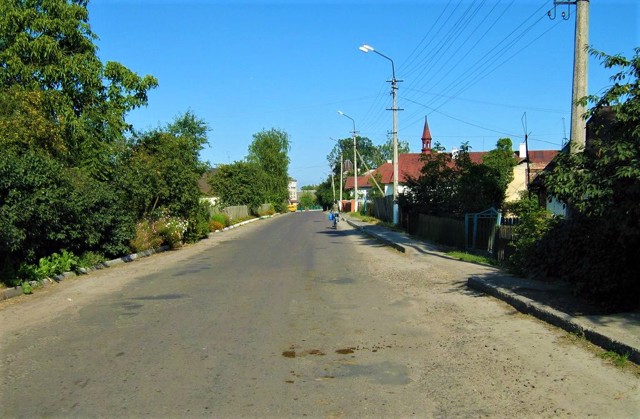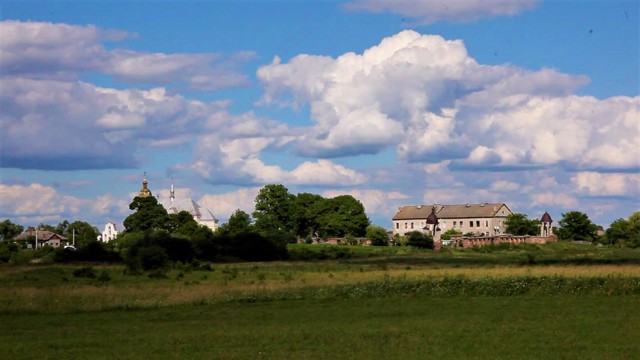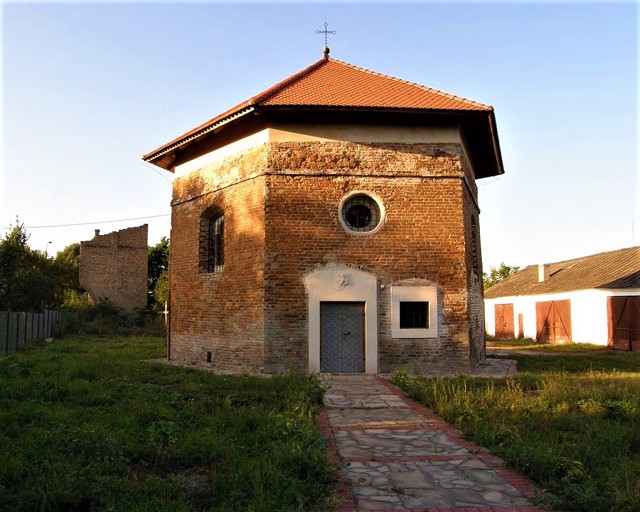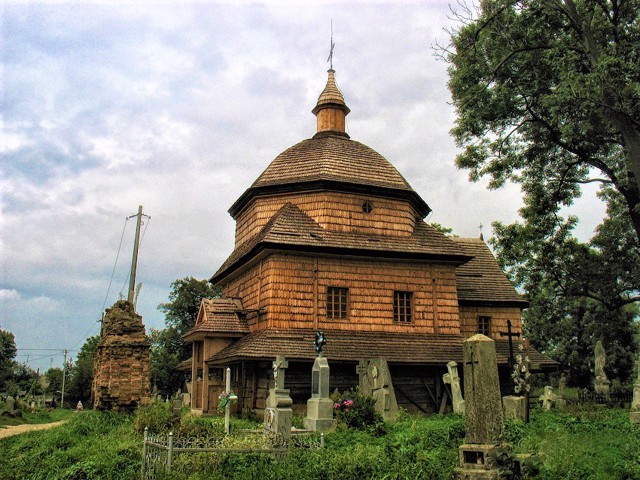Functional temporarily unavailable
General information about Belz
The ancient Halicia-Volyn city of Belz is located 15 kilometers west of Sheptytskyi, 70 kilometers north of Lviv, near the Polish border. Belongs to the List of Historical Settlements of Ukraine.
The year 1005 is officially considered the date of the Belz foundation, although according to another version, the fortification on the banks of the Solokil River was founded by Prince Volodymyr the Great of Kyiv in 981, later captured by the Poles, and in 1030 won back from them by Prince Yaroslav the Wise. At that time, Belz was already a well-fortified and developed city: in the 12th-13th centuries, the city served as the residence of the younger Volyn prince, in the 14th century, Polish, Lithuanian, and Hunga ...
The ancient Halicia-Volyn city of Belz is located 15 kilometers west of Sheptytskyi, 70 kilometers north of Lviv, near the Polish border. Belongs to the List of Historical Settlements of Ukraine.
The year 1005 is officially considered the date of the Belz foundation, although according to another version, the fortification on the banks of the Solokil River was founded by Prince Volodymyr the Great of Kyiv in 981, later captured by the Poles, and in 1030 won back from them by Prince Yaroslav the Wise. At that time, Belz was already a well-fortified and developed city: in the 12th-13th centuries, the city served as the residence of the younger Volyn prince, in the 14th century, Polish, Lithuanian, and Hungarian kings repeatedly fought for it. In 1377, the city received Magdeburg law.
The heyday of town planning fell on the Polish period in the 17th century. At that time, the church and monastery of the Dominicans, the Snopkivska chapel ("Arian tower"), the wooden church of St. Paraskeva, and the Belz town hall were built. In the 18th century, thanks to the flourishing of the Jewish community, Belz became a large trade and economic center. In the Jewish cemetery is the grave of the tzaddik Sholom Rokah, revered by Hasidim.
The church of the Blessed Virgin Mary and the chapel of Saint Valentine (1911) are now located on the territory of the former castle.
Древнє галицько-волинське місто Белз розташоване в 15 кілометрах на захід від Шептицького, в 70 кілометрах на північ від Львова, поблизу польського кордону. Належить до Списку історичних населених місць України.
Офіційно датою заснування Белза вважається 1005 рік, хоча за іншою версією укріплення на березі річки Солокіль було закладене Київським князем Володимиром Великим ще в 981 році, згодом захоплене поляками, а в 1030 році відвойовано у них князем Ярославом Мудрим. На той час Белз був уже добре укріпленим і розвиненим містом: в XII-XIII сторіччях місто служило резиденцією молодшому волинському князеві, в XIV столітті за нього неодноразово воювали польські, литовські та угорські королі. В 1377 році міс ...
Древнє галицько-волинське місто Белз розташоване в 15 кілометрах на захід від Шептицького, в 70 кілометрах на північ від Львова, поблизу польського кордону. Належить до Списку історичних населених місць України.
Офіційно датою заснування Белза вважається 1005 рік, хоча за іншою версією укріплення на березі річки Солокіль було закладене Київським князем Володимиром Великим ще в 981 році, згодом захоплене поляками, а в 1030 році відвойовано у них князем Ярославом Мудрим. На той час Белз був уже добре укріпленим і розвиненим містом: в XII-XIII сторіччях місто служило резиденцією молодшому волинському князеві, в XIV столітті за нього неодноразово воювали польські, литовські та угорські королі. В 1377 році місто отримало Магдебурзьке право.
Розквіт містобудування припав на польський період в XVII столітті. В цей час були збудовані костел і монастир домініканців, каплиця Снопківська ("Аріанська вежа"), дерев'яна церква Святої Параскеви, Белзська ратуша. В XVIII столітті, завдяки розквіту єврейської громади, Белз став великим торгово-економічним центром. На єврейському кладовищі знаходиться шанована хасидами могила цадика Шолом Рокаха.
На території колишнього замку зараз розташований костел Пресвятої Діви Марії і каплиця Святого Валентина (1911 рік).
Сплануй своє перебування у Belz
What to see and where to go in Belz
Tourist attractions and museums of Belz

"Ishre Lev" Prayer House
Architecture
The Jewish prayer house of the "Ishre Lev" society on the southeastern edge of the Rynok Square in Belz attracts attention with its expressive architecture with a wooden bay window, completed by an oriental-style bulbous bathhouse.
The building was built on the corner of the former Torhova and Kushnirska streets in 1909 at the expense of an influential Belz resident Faivel Taube. It was he who founded the Society for the Support of the Sick and the Poor in Belz, which was called "Ishre Lev".
The "Ishre Lev" prayer house got its modern appearance as a result of reconstruction caused by damage during the First World War. Restored at the expense of the Rokakh family.
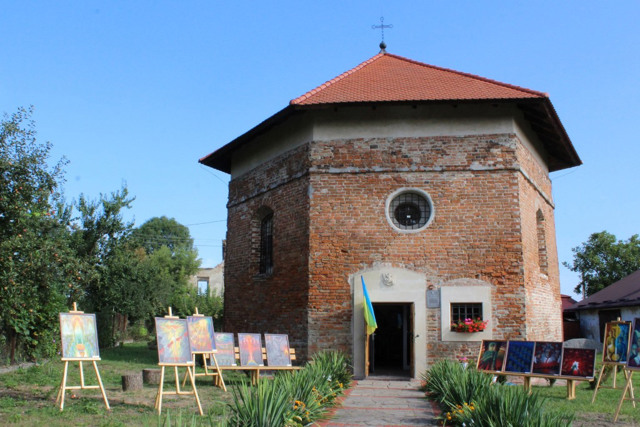
Arian Tower
Temple , Architecture
The Arian Tower in Belz, also known as the Snopkovsky Chapel, is the oldest surviving architectural monument in the city. It was built in 1606, as evidenced by a stone tablet with the Ravych coat of arms on the facade.
A low brick hexagonal structure is located on the old cemetery at the entrance to the center of Belz. According to one of the versions, it was built by the Belz trumpeter Andriy Snopkovsky as a burial chapel. A large basement with a separate entrance, covered by a barrel vault, is obviously the burial crypt of the Snopkovsky family. It is possible that the structure could also perform defensive functions as part of the city fortifications.
The unusual architecture of the chapel is explained by the fact that its founder could have been a supporter of Arianism - one of the currents of early Christianity, which was revived in the Polish-Lithuanian Commonwealth in the 16th and 17th centuries in the form of Socinianism. Hence the common name - Arian tower.
From the beginning of the 19th century, the building was used as a flour and salt warehouse. It is now partially restored. It is one of the objects of the State Historical and Cultural Reserve in the city of Belz.
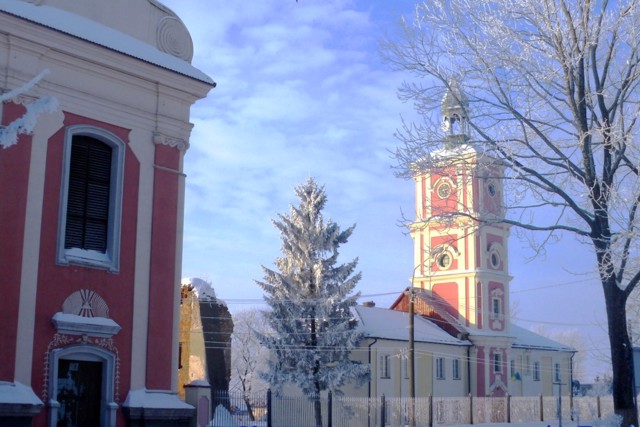
Dominicans Monastery
Temple , Architecture
The monastery of the Catholic Dominican order in Belz was founded in 1394 on the initiative of Prince Zemovyt IV of Belz and Polotsk, but its first wooden buildings have not survived to our time.
The modern complex of the monastery of the Dominican fathers began to be built in the middle of the 16th century. The central building was the Dominican church, built as a three-nave basilica with a transept and an elongated circular altar. The walls were reinforced with buttresses. During its existence, the building underwent reconstructions, the largest of which occurred at the beginning of the 18th century. At that time, a two-story monastery bell tower was erected, which has survived to our time. The church itself was destroyed during the Second World War and has reached our days in the form of ruins.
The northern cell block with a four-tiered bell tower in the Baroque style has also been preserved, which now serves as the city hall. The Museum of History and Local Lore is also located there.
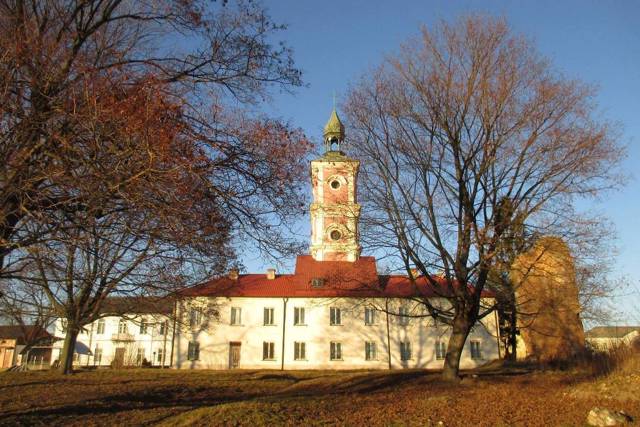
Historical and Local Lore Museum (Town Hall)
Museum / gallery , Monument
The State Historical and Cultural Reserve in Belz Town unites a complex of architectural monuments in the city center, a castle of the princely era, churches of various denominations, Christian and Jewish cemeteries.
The main object of the reserve is the Historical and Local Lore Museum, located in the premises of the town hall. Since the original town hall on the market square was destroyed during the Second World War, the 17th-century Dominican monastery cell building with a four-tiered baroque clock tower has been adapted for the magistrate. In 2004, the only surviving wall paintings of the monastery were found on the third tier of the tower.
The museum collection reflects the history and culture of the ancient population of Belz. In particular, the archaeological department presents materials from annual archaeological excavations, the most interesting of which are an arrowhead of the 1st millennium BC and an encolpion cross of the 11th century.
The collection of ancient men's and women's clothing, embroideries and household items related to weaving and embroidery form the basis of the Department of Folk Art and Ethnography of Belz region. The culture of the town's Jewish community is told by the ancient Torah, the clothing of the Belz Hasids, and old photographs.
Among the sacred monuments, the most valuable is the wooden sculpture of the Apostle Peter from the Church of Saint Paraskeva, dated to the end of the 16th - beginning of the 17th century.
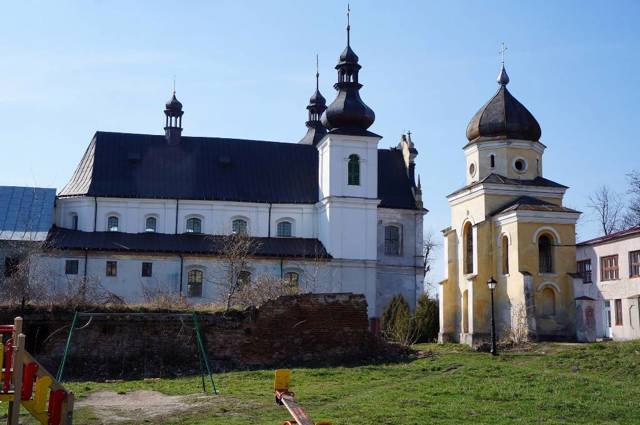
Saint Nicholas Church (Dominican Sisters Monastery)
Temple , Architecture
The ensemble of the Dominican Sisters Monastery in the city of Belz consists of the majestic Church of the Immaculate Conception of the Blessed Virgin Mary, which is now the Greek Catholic Church of Saint Nicholas, and a dilapidated complex of monastic cells. An architectural monument of national importance.
The monastery of the female catholic order of the Dominican Sisters in Belz was founded in 1635 by the wife of the Vilnius castellan, Sofiya Khodkevych. The baroque brick church with two symmetrical towers was built in 1653. Four sculptures of saints are installed in niches on the facade: Ursula, Catherine of Siena, Rosaliya and another unknown saint. In 1743, the wooden cells were replaced by brick ones.
Under the power of the Habsburg Monarchy in 1785, the monastery was liquidated, the church was handed over to the Greek-Catholic community of the city and renamed the Church of Saint Nicholas. In 1893, a new iconostasis was installed, made by Peremyshl painters. At the beginning of the 20th century, the Lviv painter Mykhaylo Boyarsky painted the church, a mosaic image of Saint Nicholas was placed on the pediment.
For a short time after the Second World War, the temple became a Polish church again, but after the eviction of the Poles, it was closed, and the premises began to be used as a warehouse.
In 1991, the building was returned to the Greek-Catholic community of the city and restored. Now it belongs to the parish of the Transfer of the Relics of Saint Nicholas the Wonderworker of the UGCC.
Reviews Belz
Geographical information about Belz
| {{itemKey}} | {{itemValue}} |
|---|---|
| Region |
Lviv |
